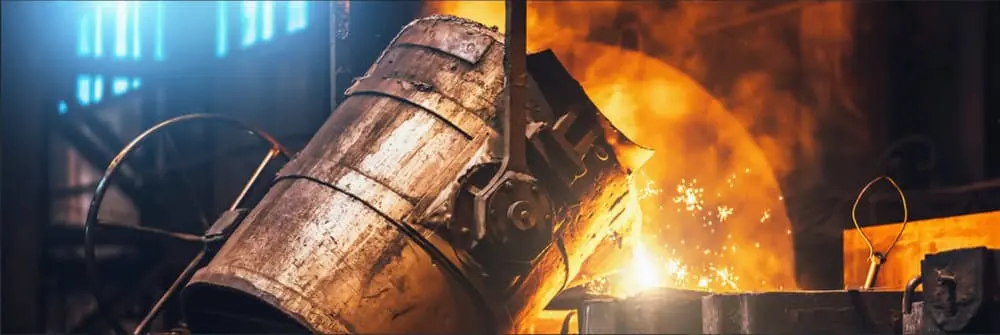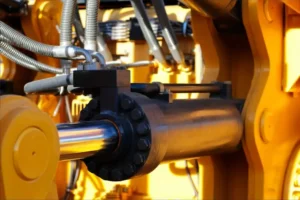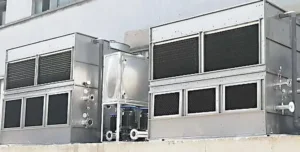
มีความแตกต่างที่เห็นได้ชัดเจนระหว่างการบุผิวที่เป็นกลางและเป็นกรดของความถี่กลาง (ถ้า) เตาหลอม, particularly in material composition, performance characteristics, and suitable applications. Below is a detailed comparison of the two.
องค์ประกอบของวัสดุ
Acidic Furnace Lining
- Typically made from siliceous materials and materials with strong oxidation resistance, such as silica bricks, clinker, and high-alumina bricks.
- Primary components include silicon dioxide (SiO₂) and alumina (Al₂O₃).
- To enhance performance, additives such as fused quartz, high-temperature-resistant binders, anti-quenching agents, heat stabilizers, anti-seepage agents, and composite micro-powders are often incorporated into the matrix.
Neutral Furnace Lining
- Commonly composed of silicon carbide (SiC), high-quality alumina, clinker, and other refractory substances.
- Neutral linings also often include ceramic furnace linings or refractory concrete. Ceramic linings offer superior fire resistance and thermal stability, while refractory concrete is valued for its stable composition, excellent thermal insulation, and high strength.
Performance Characteristics
Acidic Furnace Lining
- Provides excellent resistance to high-temperature corrosion and is particularly effective for processing oxide inclusions.
- The high purity of raw materials and optimized material ratios give it several key properties: enhanced resistance to molten iron erosion, high softness, impact resistance, elevated load-softening temperature, excellent high-temperature compressive and flexural strength, and strong slag resistance.
Neutral Furnace Lining
- Designed to withstand corrosion and high temperatures while also tolerating thermal expansion and pressure.
- Ceramic linings have high density, low thermal conductivity, and excellent resistance to thermal shock, making them ideal for high-temperature applications.
- Refractory concrete linings excel at withstanding thermal expansion and pressure at high temperatures and offer superior high-temperature stability and mechanical strength.
Applicable Scenarios
Acidic Furnace Lining
- Best suited for processing and smelting oxide-rich materials, such as Au-PGE (gold and platinum group elements) ores, where acidic linings are more effective in treating oxide inclusions.
- Commonly used in intermittent operation of large medium-frequency electric furnaces.
Neutral Furnace Lining
- More appropriate for processing sulfide inclusions, which are often harder to manage at high temperatures. Neutral linings offer better resistance to erosion in these conditions.
- Ideal for smelting sulfur-containing ores or when desulfurizing molten iron with additives like calcium carbide, lime, or soda ash.
- In some special cases, such as preventing residual magnesium in molten metal from reacting with the lining, neutral refractory materials are used to ensure lining integrity.







